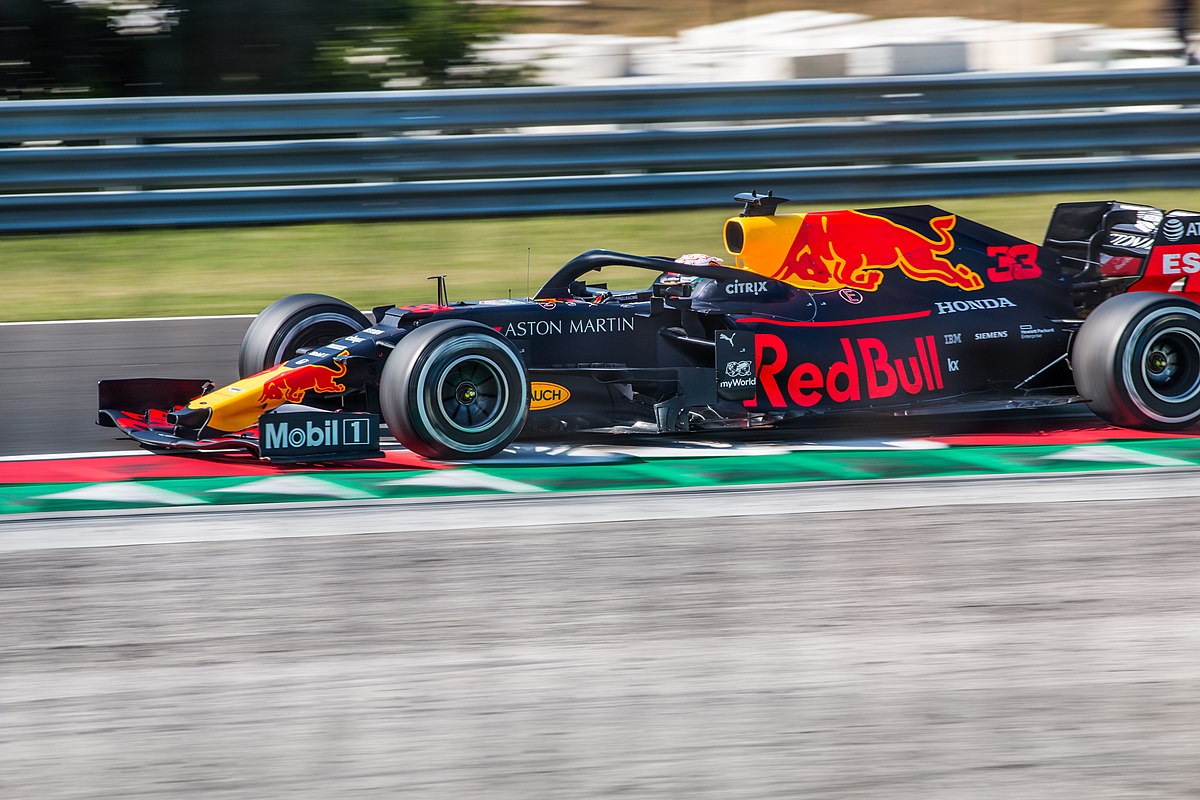‘Formula 1: Drive to Survive’ season three: red or green light?
The long-awaited return of Formula 1 is finally upon us, with the 2021 season opener in Bahrain now having taken place, and the drama of the competition between Max Verstappen and Lewis Hamilton living up to expectations.
In preparation for the new season, I, like most F1 fans have been binging season three of Netflix’s Formula 1: Drive to Survive – a documentary series which essentially allows viewers to become a member of each team’s paddock, with personal coverage of all of the previous F1 season’s most compelling storylines and an open insight to all of the gossip.
The latest season covers one of the most turbulent campaigns in recent memory. Lewis Hamilton continued to lead the way on the track, securing his record-equalling seventh World Driver’s Championship and becoming the driver with the most race wins in history with 95, overtaking Michael Schumacher’s previous record of 91. However, the sport’s biggest star also led the way away from the tarmac, rightly foregrounding the importance of racial equality following the death of George Floyd.
The Covid-19 pandemic shutdown the sport in its entirety last March, with drivers forced into a four-month hiatus and a number of teams left on the verge of bankruptcy. There were also many important battles in the constructor’s championship, while all drivers were reminded of the risks involved in racing as Romain Grosjean’s car was split in half before setting alight following a horrific crash.
Because of the events already dramatic nature – why did Netflix feel the need to take things a step further?
Despite the tricky context of the F1 season, Netflix received special treatment when it came to its coverage, still being allowed closer than ever to the action and drama despite the restrictions Covid enforced on many. While the events covered in the first two seasons were seemingly done with entertainment purposes in mind, but still staying true to facts, it was disappointing to see Netflix approach this season with more of a creative angle. Of course, it’s obvious to see why – the many notable events throughout 2020 would understandably provide some great TV, but because of their already dramatic nature – why did Netflix feel the need to take things a step further?
One instance where this is the case has been acknowledged by fans of the sport already. In episode eight, there is great emphasis on a breakdown of the relationship between (now former) McLaren teammates Lando Norris and Carlos Sainz, who had formed quite the bromance throughout the previous 2019 season. McLaren, who were battling with financial issues in light of the coronavirus pandemic, also had plenty of competition from Renault and Racing Point in the constructor’s championship, ultimately taking the third-place spot – largely thanks to the constructive efforts of the two drivers. In what was an impressive season in terms of results from a McLaren perspective, it seemed Netflix were reaching for a breakdown that wasn’t really there.
I was also left waiting patiently for nine episodes for some wider coverage of Hamilton’s season. Yes, I understand that many may be happy that the focus lay elsewhere as he is used to the spotlight of the sport, but his record-breaking year was given just a mere few minutes in the final episode, which lacked any real emphasis on his numerous astonishing achievements that continue to write his name in the history books – frustrating.
It was also a slight shame not to see much coverage of George Russell’s Mercedes outing; in what was such a big deal from a fan perspective, it was unfortunate that it was only reduced to a mention and wasn’t deemed worthy of a central arc.
However, there were many instances where the storylines spoke for themselves: the redemption story of Pierre Gasly and his first Grand Prix victory; Bottas’ dismay at playing second fiddle to Hamilton; Sergio Perez’s fight for his first win and a subsequent seat for 2021 – several occasions which create some great sporting television.
This includes the coverage of the Grosjean crash in the season’s penultimate race, of which it would be unfair to call dramatized at the expense of Netflix because the entire ordeal was undoubtedly that – dramatic. I thought the way Netflix portrayed the crash was great – not just because it leaves you hanging off the edge of your seat, but because it showcased the camaraderie not often associated with the drivers and their peers in the modern sport.
The third instalment of Formula 1: Drive to Survive ultimately lacks consistency in its portrayal of storylines, and if you’re an avid fan of F1, this season may be somewhat disappointing in that respect. It’s still worth the watch, but it must be remembered that the whole point in the Netflix partnership is to promote the sport to a wider audience, and dramatization of storylines is likely to do just that.
It should be said, however, that if I can dedicate ten hours of my weekend to watch it in pretty much one sitting, Netflix are likely doing something right.

Comments